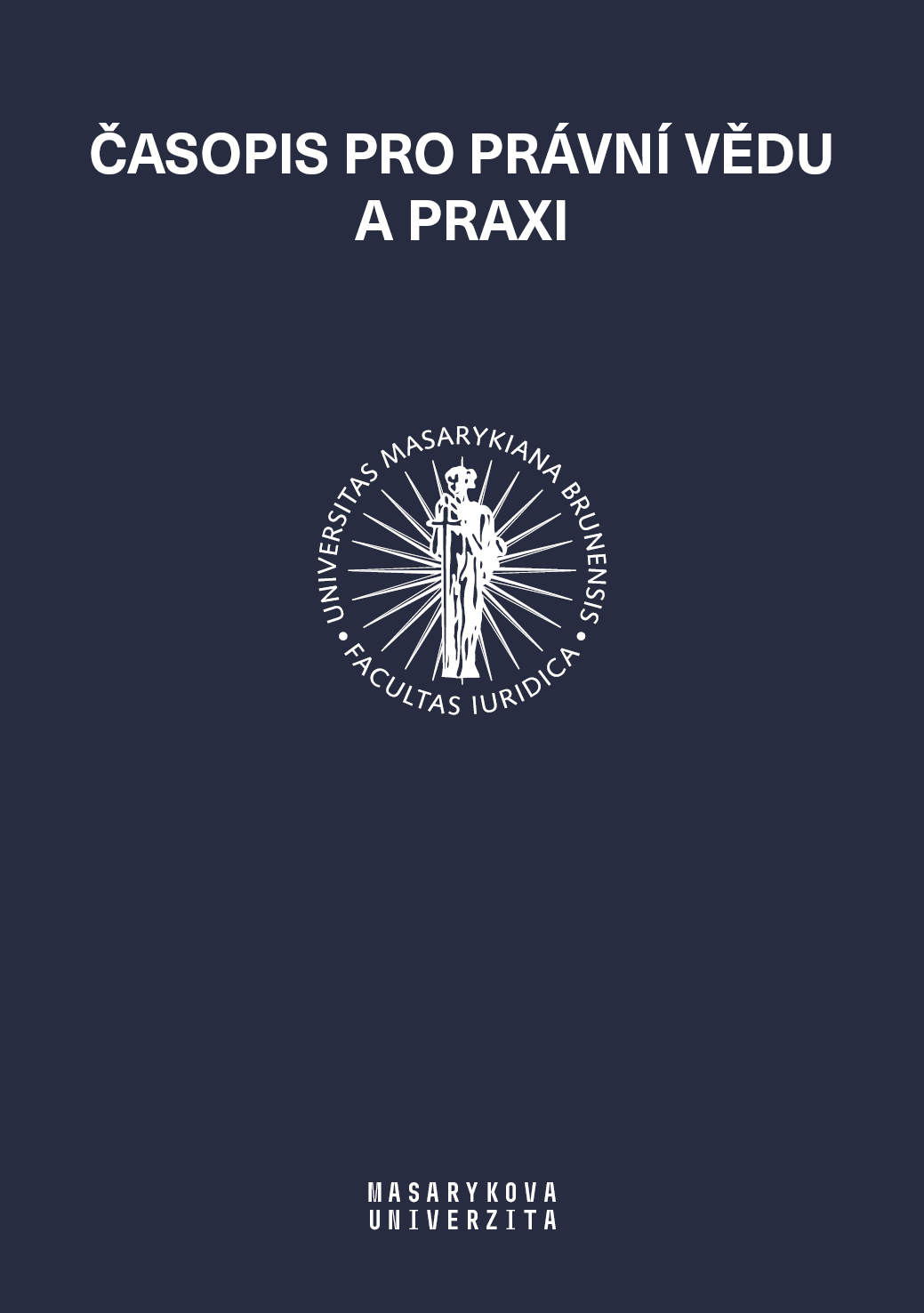Odkaz v Římě a domácím právním vývoji
Legacy and Trust in Ancient Rome and in the Legal Development of the Czech Republic
Author(s): Radek ČernochSubject(s): History of Law
Published by: Masarykova univerzita nakladatelství
Keywords: legacy; legal development; development of Czechoslovakia; Czechia; kind point of viewof legacy; civil code; fideicommissary
Summary/Abstract: This article deals with legal regulation of the institutes of legacy (legatum) and trust (fideicommissum) in ancient Rome and in the legal development of Czechoslovakia and the Czech Republic. Firstly are described their characteristic features and the difference between legacies & trusts and deathbed gifts (mortis causa donationes). Subsequently various kinds of legacies and trusts are described. The analysis of the legal development in the Czech Republic begins with ABGB (Austrian Civil Code 1811) and with the Draft 1937 that aimed to only slightly modernize ABGB. From the point of view of a Roman-law researcher is interesting the institute of fideicommissary substitution, because in ABGB is the institute called “Trust substitution” and the provision uses the term “transfer of decedent’s estate” whereas in Draft 1937 the institute is called “Trust succession” and the term “passage of decedent’s estate” is used. Civil Code 1950 regulates legacy and trust in a sole provision that lead to respecting of principle “Once an heir, always the heir” because of omitting fideicommissary substitution. Civil Code 1964 allows neither legacy nor trust. Both legacies and trusts are present in New Civil Code that comes in force in 2014. It contains the rule of Falcidian portion with typical roman-law features, on the other hand unlike in Roman law the realization of legacies is not depending on realization of heir descent.
Journal: Časopis pro právní vědu a praxi
- Issue Year: 20/2012
- Issue No: 3
- Page Range: 287-291
- Page Count: 5
- Language: Czech

